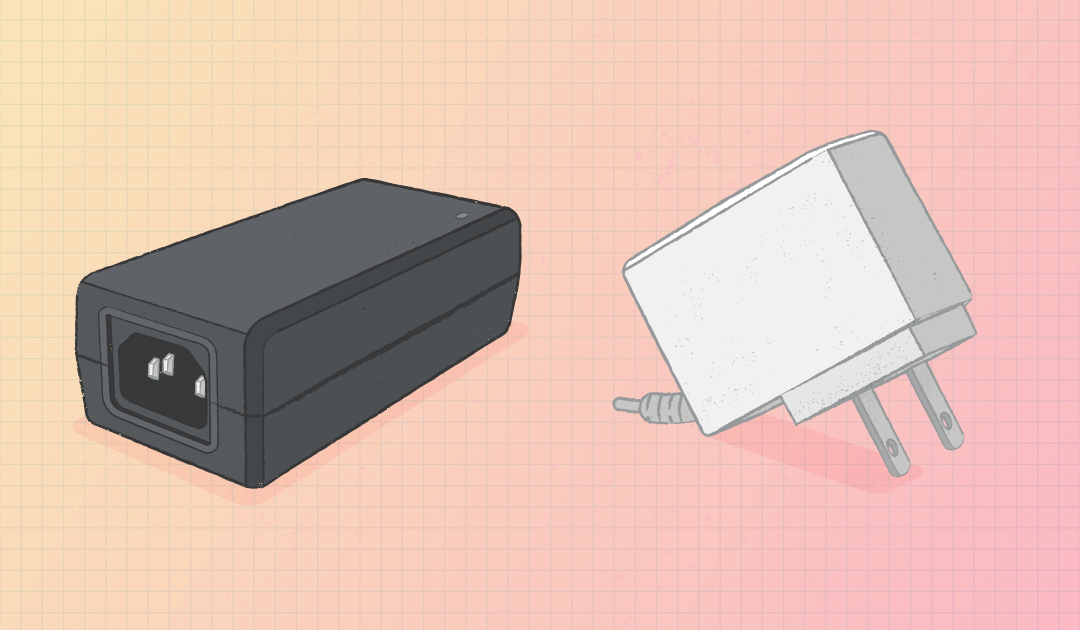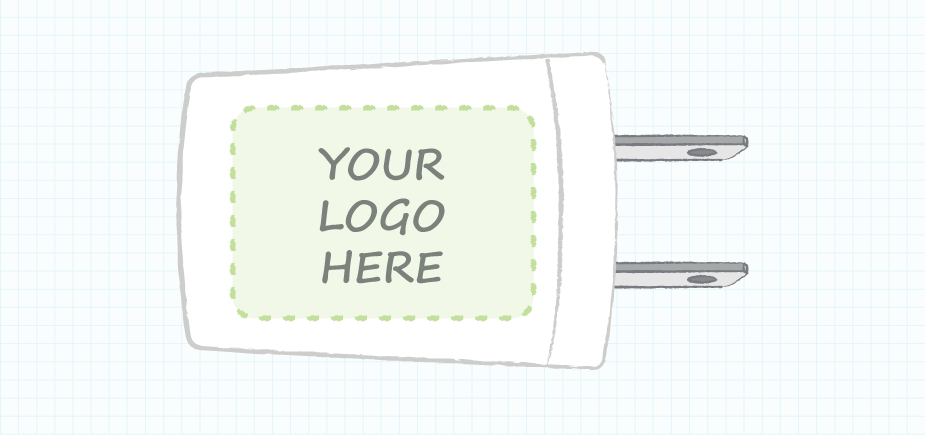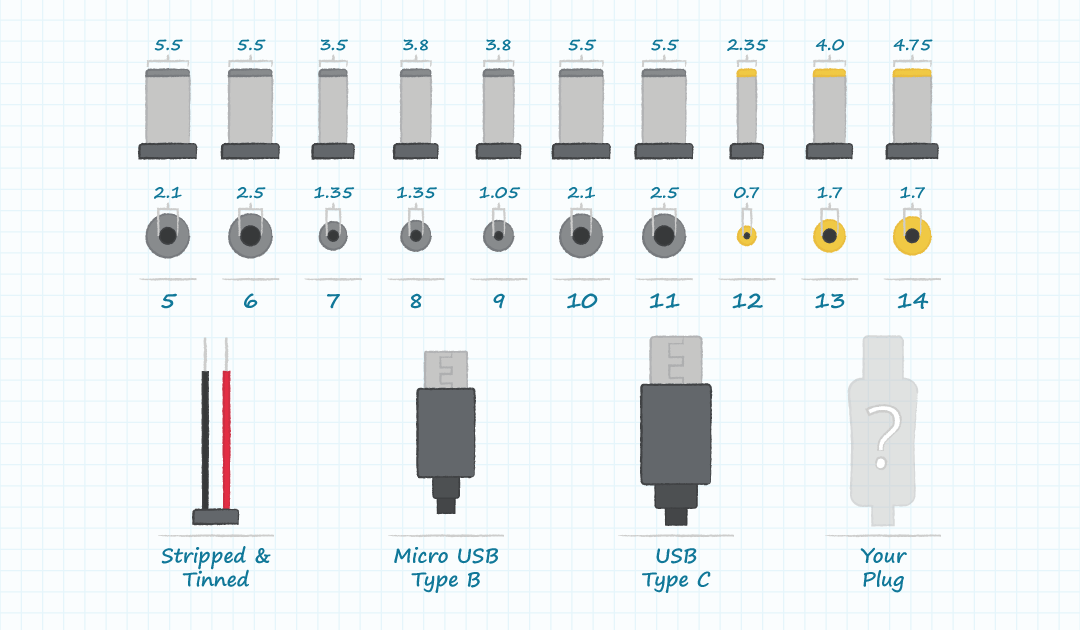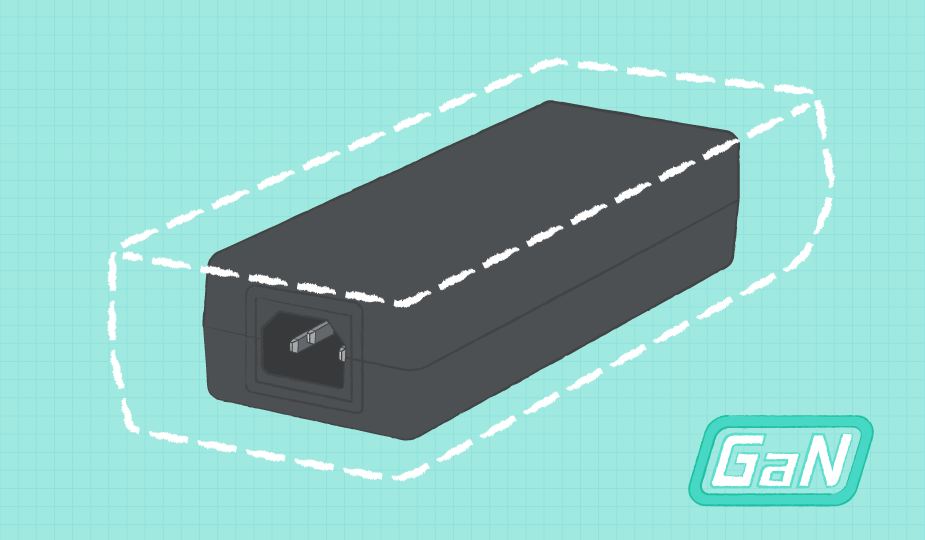6 Key Considerations for Selecting an External Power Supply
April 7, 2020 by CUI Inc -
5 Minute Read
Last updated September 19, 2023

In This Post...
- System Power Requirements
- Package Type – Desktop or Wall Plug?
- Dc Plug and Cable Options
- Efficiency Regulations, Safety Standards, and Agency Marks
- EMI and EMC
- Branding and Customization
- Choosing the Right External Power Supply
When faced with the task of choosing an external power supply (EPS), it's important to consider several factors to ensure your application runs smoothly and efficiently. These include your system’s power requirements, package type, dc plug, efficiency and safety standards, EMI and EMC regulatory standards and customization options.
In this article, we will discuss the key considerations for selecting an external power supply and provide some tips on how to choose the right EPS for the specific needs of your design.
1. System Power Requirements
The first consideration when selecting a power supply is determining your system’s power requirements. Understanding the wattage, voltage, and amperage your system load requires is essential for the operation and safety of your end system. This includes asking questions like, “does my system operate at a constant power level and what are the minimum and peak power requirements?” If you are unsure or have questions, CUI Inc’s in-house engineering expertise can help.
2. Package Type – Desktop or Wall Plug?
External power supplies are generally offered in two package types: desktop or wall plug (fixed or multi-blade). For many applications either option will work. However, there are some reasons why you may select one over the other:
- Wattage Ranges: In general, desktop adapters are suited for higher wattage applications, while wall plug adapters are suited for lower wattage applications. Desktop adapters typically have larger case sizes and therefore offer higher output power options.
- Global Markets: If you plan to take your product or design to market in multiple regions, multi-blade wall plugs and desktop adapters are a great choice. The modularity of the ac blades (multi-blade wall plugs) and ac cords (desktops) allow you to use the same power supply and simply swap the blade or cord in order to meet the end market's plug standards.
- Ground Reference: Desktops offer the option of three conductor (ground referenced) or two conductor (floating output voltage) ac input cords. Wall plugs are available only with two conductor ac inputs (floating output voltage).
- Size and Portability: If the adapter is highly visible in your design or if it will be used in a portable application, you may care about the aesthetics, size, and weight of the package. Adapters with GaN technology can help reduce the size and weight of the power supply.

3. Dc Plug and Cable Options
For an external adapter to power your design it needs a method of plugging into your system. If the receptacle or jack has already been selected, this will determine which dc plug you choose. One of the most common options is a 5.5 mm x 2.1 mm or “P5” dc barrel plug (5.5 mm OD, 2.1 mm ID, 9.5 mm L). CUI’s standard plug options include barrel plugs, USB, EIAJ, DIN, stripped and tinned, as well as locking and right angle options. If these don’t meet your needs, we can work with you to implement your own plug onto the adapter.
In addition to the dc plug, you’ll want to ensure the dc cord meets your needs. Is it long enough to reach your product? Does it have the desired appearance and pliability? It is important to understand that modifying the dc cord can impact both efficiency and safety regulations.
4. Efficiency Regulations, Safety Standards, and Agency Marks
Making sure you’ve considered the end market where your system will be implemented is critical. Many countries have efficiency standards which regulate the amount of energy that may be ‘wasted’ by external power supplies. Whether it’s Level VI (US), CoC Tier 2 (EU), or ErP Lot 7 (EU) efficiency standards, CUI offers compliant models and can help you navigate the complex and dynamic regulatory landscape.
In addition to efficiency standards, it is imperative to make sure your adapter has the proper safety standards for the end application. For example, medical products need the 60601-1 certification and products for ICT/AV applications need the 62368-1 certification.
Many countries require agency marks which are unique to that country. Specialized design and testing are sometimes required to obtain these country-specific certifications. CUI has the experience and knowledge to work with you to meet your country-specific agency mark needs.
5. EMI and EMC
Many electronic products offered for sale are required to meet EMI and EMC (Electromagnetic Interference and Electromagnetic Compatibility) regulatory requirements. These requirements ensure that your product will not interfere with the proper operation of other products and similarly that the proper operation of your product will not be affected by other products. Although CUI external power supplies are certified to meet EMI and EMC regulatory standards, it is probable that your system (including the power supply) will also need to be tested and certified.
6. Branding and System Integration
Another important consideration and question to ask is, “how well will the adapter aesthetically integrate with my system?” If your design has a desired look-and-feel and you care about the customer experience of your product, then don’t let the adapter be an afterthought. If your product has been intentionally designed with a specific color, then a black adapter may not integrate well. Consider color, texture, packaging, and even adding your logo to the power supply. CUI specializes in a range of customizable branding options.

Choosing the Right External Power Supply
Selecting a power supply for your new product is not a difficult task, but there may be subtle issues that affect the selection process. By working with an experienced power supply company, such as CUI, you can ensure that your power supply not only properly supports the operation of your product but also enhances the value of your product for your customer. CUI has a broad portfolio of standard designs we can customize to meet your specific application needs.
You May Also Like
Have comments regarding this post or topics that you would like to see us cover in the future?
Send us an email at powerblog@cui.com






